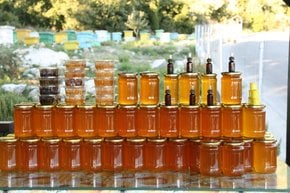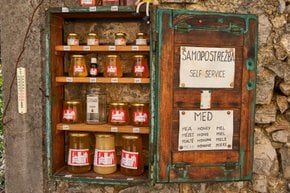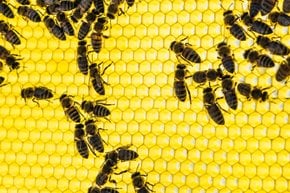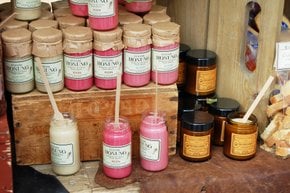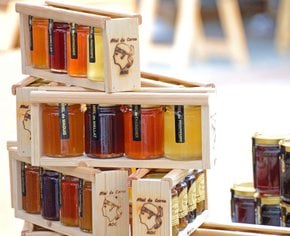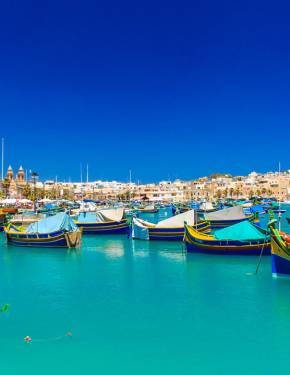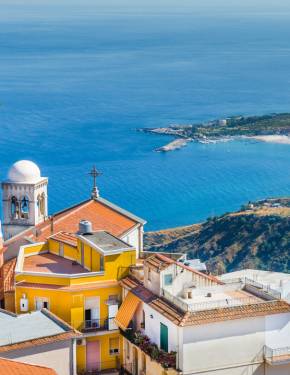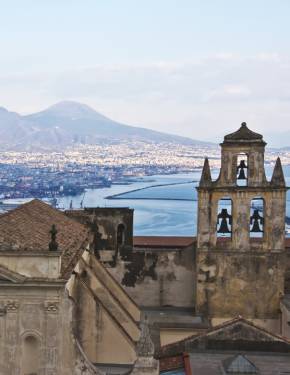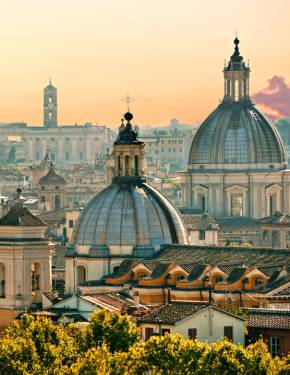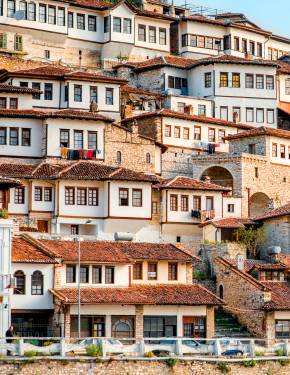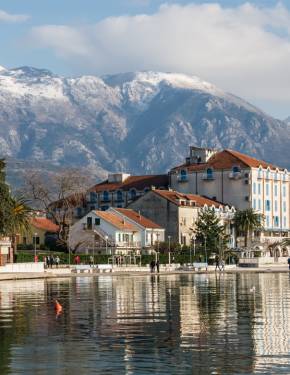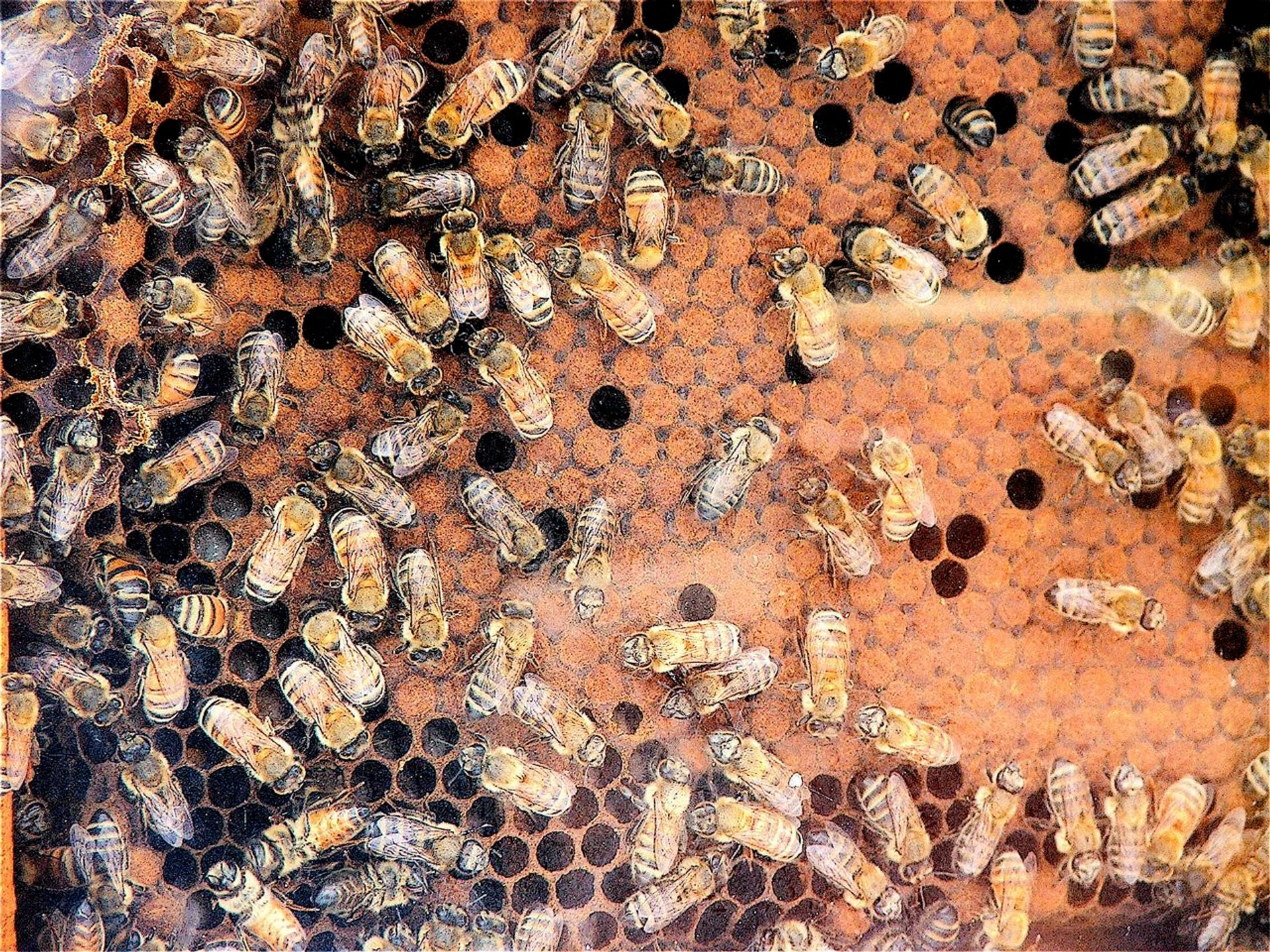

Malta is the land of honey. Its beekeeping has a long history in fact. The name of the country was given by the Greeks who first came to the island, and derives from the Greek word ‘meli’ (μέλι) that means "honey."
Maltese honey has been considered a delicacy, and it also used to be exported from the island since the old times. In fact, some Maltese apiaries remain the oldest in the world, for example, the Xemxija apiary. Nowadays, the islands' apiaries are still well sought after for their quality honey products.
In Malta honey season consists of three periods: beekeepers collect honey in spring, summer, and autumn. Each honey harvest is different from each other. The spring honey (from March to May) is usually a light yellow colour and collected by bees from a variety of flowers such as borage, red clover, citrus, and thistle. It later crystallises. The summer honey (June–July) is monofloral, collected from wild thyme and is a light orange in colour and has a strong thyme aroma and taste. It's very syrupy and doesn't crystallise. The autumn season (from September to mid-November) is collected by bees from the flowers of carob and eucalyptus. It has an intense aroma and it crystallises into a creamy light to dark brown honey. Besides the honey, Maltese make souvenirs in the form of beeswax candles and prepare jams, marmalades, and infused honeys.
